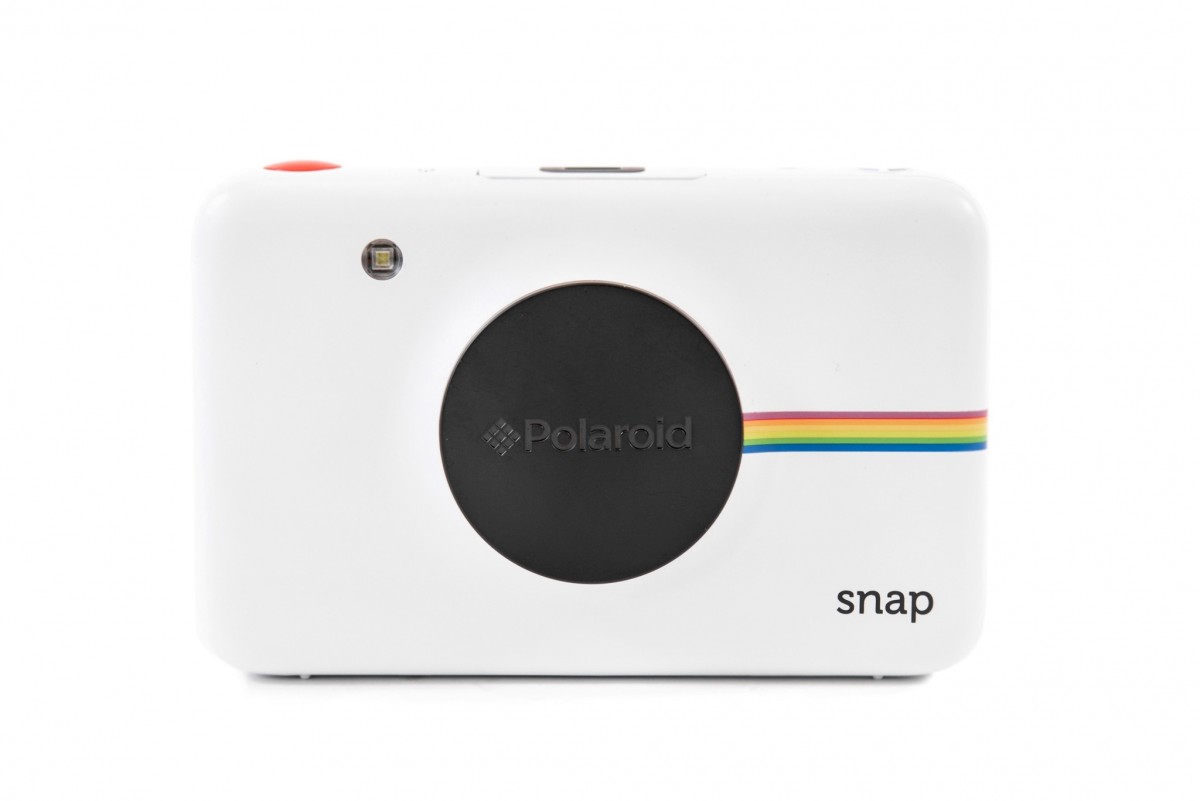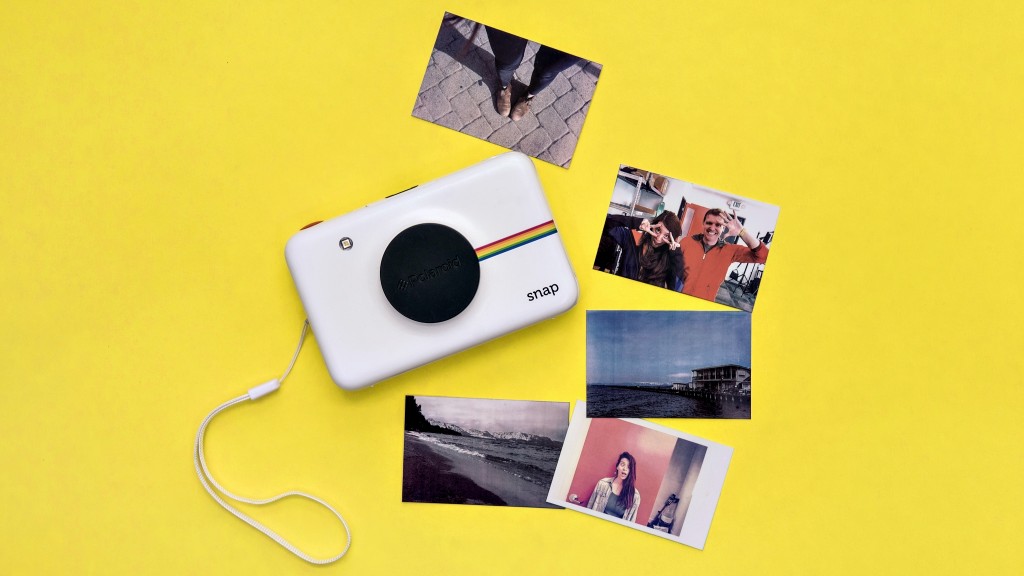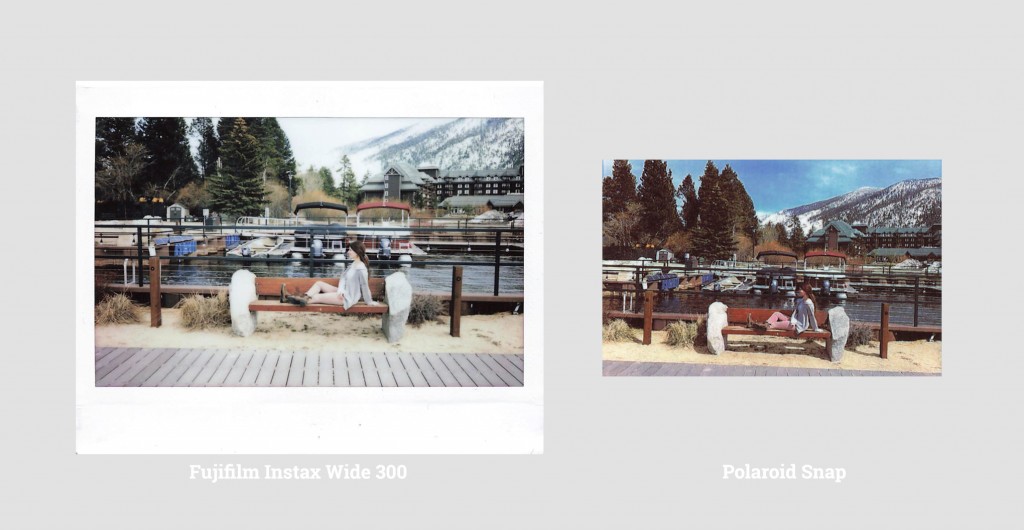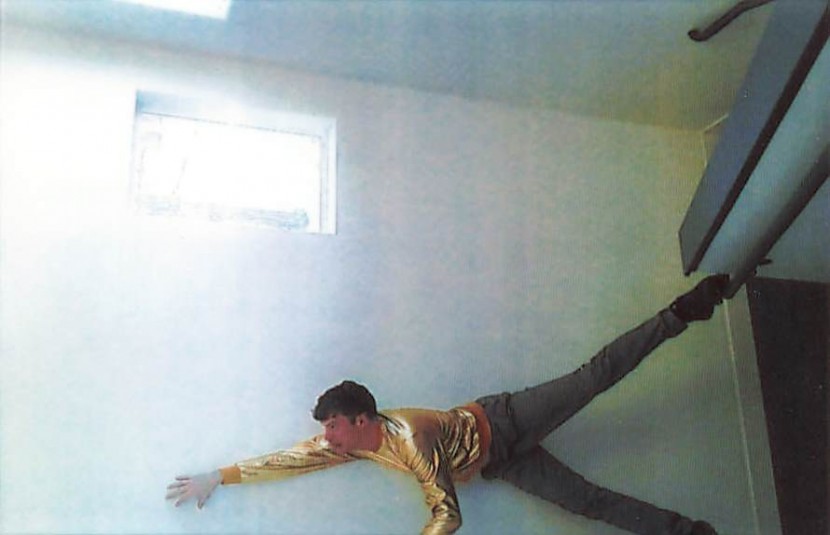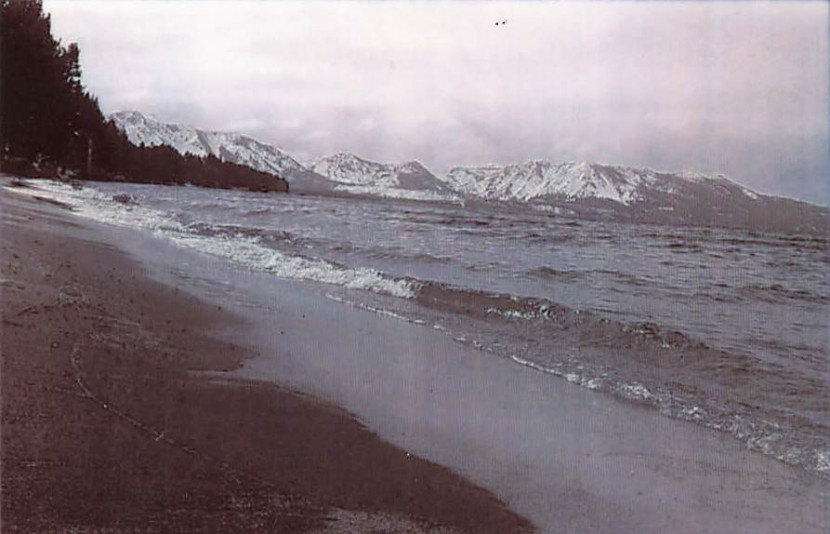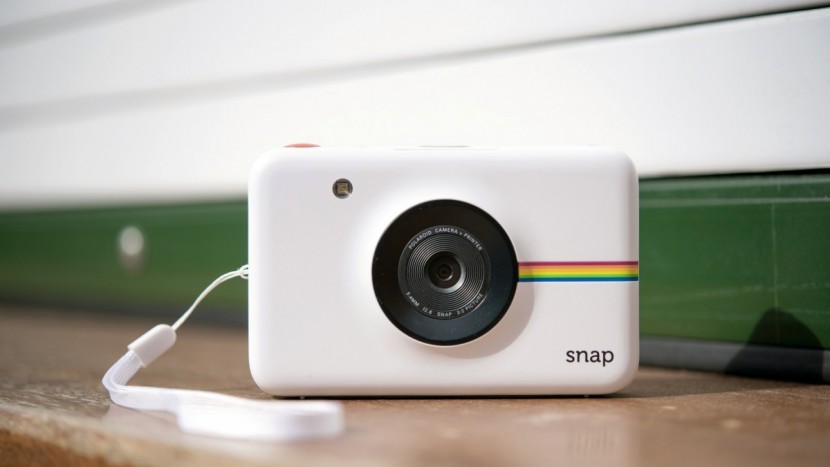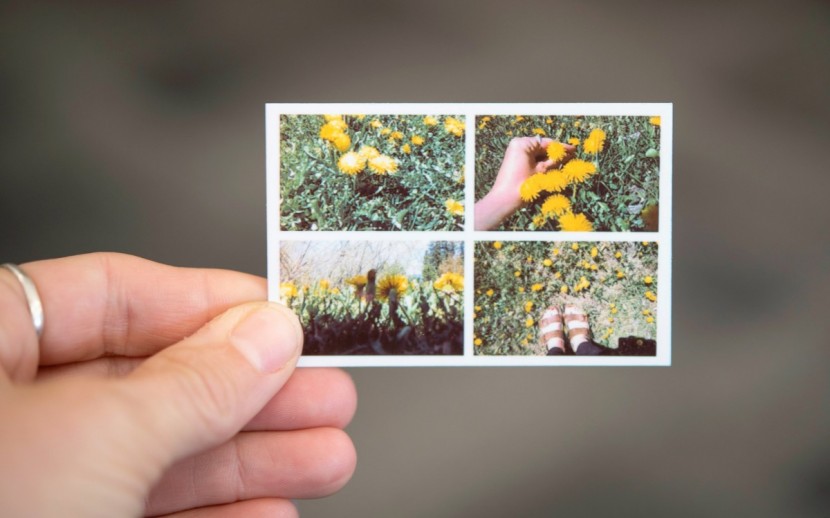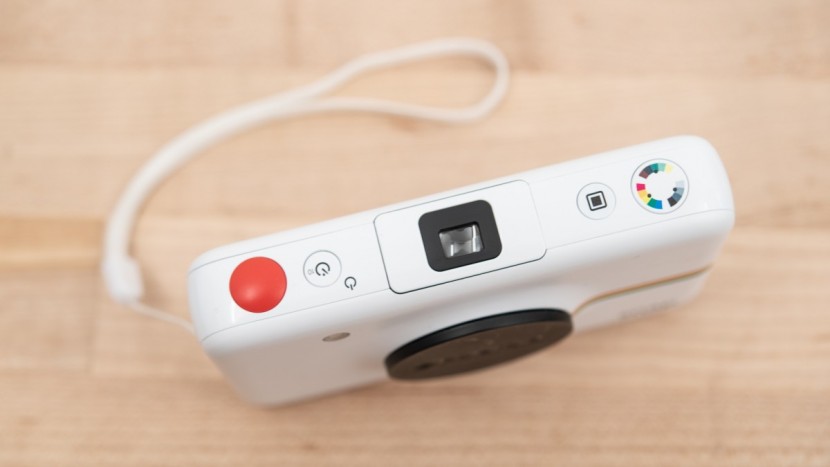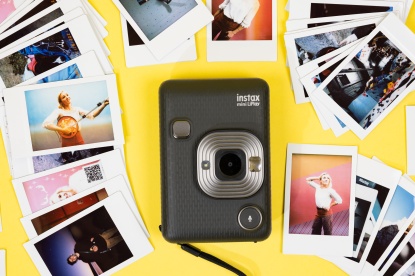Polaroid Snap Review
Our Verdict
Our Analysis and Test Results
If all you want is an instant camera that looks cool and allows you to instantly print photos you just took, the Snap isn't a bad choice. If you want those photos to look good or vintage, the Snap will likely be disappointing.
Largely thanks to its poor performance in our image quality tests, the Snap occupies the lowest rung on our overall leaderboard.
Image Quality
In our opinion, the Snap largely misses the mark when it comes to the quality and look of its instant photos, accordingly earning the lowest score in this metric.
The Snap's photos have a few glaring problems. The first is that the camera tends to saturate reds to the extreme. If your photos have any red in them, chances are it's going to look overblown and likely dominate the image.
The Snap's prints also tend to have a grainy look to them, with visible streaking often showing up. This is even more noticeable if you have any large monochrome areas within the image. Thus busy images with lots of different colors tend to look much better than more simple compositions.
One thing to note about the Snap's graininess and streaking is that it looks decidedly not-instant film like. All instant cameras are going to produce some imperfections in their pictures. When they use real instant film, those imperfections often give kind of a vintage glow that many people like. The imperfections in the Snap's prints look like they came from a low-quality printer (because they did) and thus lack that signature look that many people are seeking from an instant camera.
The Snap's photos are slightly larger than Instax Mini prints (2" x 3" vs. 1.8" x 2.4"). You can also opt to print the photos with a white border in order to make them look more like they came from an instant film camera. In that case the photo size is actually smaller than Instax Mini.
User Friendliness
One upside to the Snap's smaller size and simplicity is that is is quite easy to operate, earning it one of the higher scores in our user friendliness testing.
In essence, the Snap is just a point and shoot camera. All you have to do is load paper in, turn it on, press the shutter button, and it starts printing a photo. It also has a magnetic lens cap, which is one of the most surprisingly convenient features we've encountered while testing these cameras.
We didn't award the Snap a top score in this metric because accessing its few 'advanced' features can be a bit tricky. For example, there is a photobooth function that allows you to print 4 photos on a single page, which is accessed by holding the shutter down for 3 seconds. This is a nice feature, but isn't completely intuitive to use.
The Snap does have a slot for a microSD card, allowing you to save all of your photos digitally. The digital photos actually look quite a bit better than the printed ones, but still fall well short of the quality most smartphone cameras can deliver.
Image Settings
The Snap's only real image settings have to do with how its photos are printed. You can select to print a photo with no border, with a classic instant film border, or print 4 photos on one sheet. Thanks to its digital format, you can also print photos in black and white or sepia. Apart from these printing options, you don't really have any control over the photos you're taking with the camera.
Film Cost
Printing photos is generally less expensive than all of the chemicals required to make a piece of instant film. You can get a 30 pack of paper for the Snap for $15, resulting in a relatively low cost of $0.50 per photo (the Snap uses 'zero ink' technology, which essentially means the ink is stored within the printing paper itself, so no need to buy ink cartridges). You can also print in black and white for no extra cost. In general, black and white instant film costs even more than its full-color counterparts.
Value
The Snap isn't a bad value if you're looking for a toy camera that kids can have fun with. If you're looking to get creative with instant film, or get vintage looking keepsakes that you'll keep on display for years, this there are much better ways to spend your money.
Conclusion
The Polaroid Snap is simple and relatively inexpensive, making it a great toy for kids interested in photography. However, its photo quality is poor enough that those that care at all about the results of their instant photography adventures will likely be disappointed.


